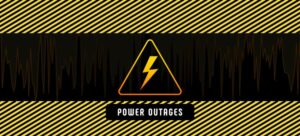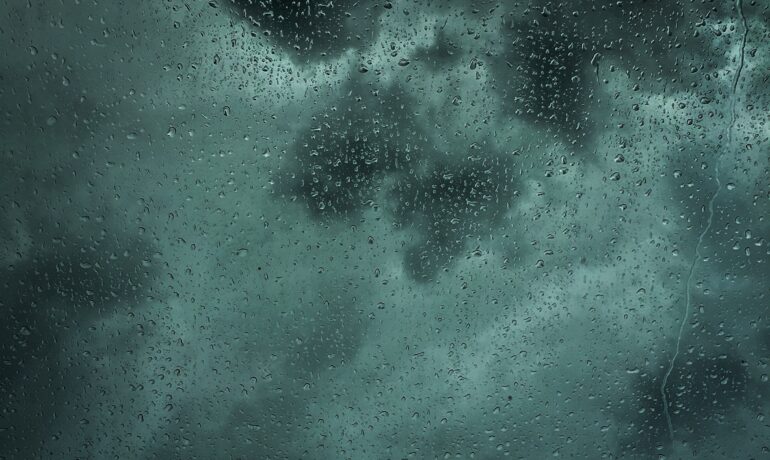We’ve all heard of El Nino and that 2023-2024 is an El Nino Year. But what does that really mean? What exactly is El Nino?
El Nino is determined by the warming of the ocean surface, resulting in above-average sea surface temperatures (SST) in the central and eastern regions of the tropical Pacific Ocean. This phenomenon leads to reduced rainfall in Indonesia while causing an increase in rainfall over the tropical Pacific Ocean. Additionally, the typical low-level surface winds that usually flow from east to west along the equator, known as “easterly winds,” weaken or, in certain instances, even reverse direction, creating “westerly winds” that blow from west to east.
As per the September El Nino-Southern Oscillation (ENSO) Outlook, it is highly likely that El Nino will persist, with a probability exceeding 95%, at least until March 2024. Additionally, there is currently approximately a 71% chance that this event will be a strong El Nino during the upcoming winter, indicated by an Oceanic Nino Index of 1.5 degrees Celsius or higher. It’s important to note that a strong El Nino signifies an increased likelihood of El Nino-related effects occurring.
What does that mean to California?
Should the El Nino be a strong one, and it looks like it will, you can expect a very wet winter with higher-than-average rain and snowfall. And after a year plagued by drought and fires, the potential for flooding and mudslides is very high. As with all extreme weather, the potential that you will lose your power is also very high. In addition, as El Nino travels across America, the need for certain types of materials increases and those materials, such as lumber, concrete, and other materials, become scarce. Home building, for example, has in the past been slow during an El Nino year due to lack of concrete, windows, and lumber. The same might be true for solar and batteries.
There is a time to plan and prepare, and if you live in California, that time is now. Here are some immediate steps you can take to protect your home and family.
What to do today:
- If your property is prone to power outages, consider adding solar with battery backup.
- Register your cell phone with AlertOC for emergency notifications.
- Check your roof for leaks, especially around flashing where many leaks occur.
- Clear your gutters and downspouts.
- Repaint the wood trim on your home. Paint is a barrier against water intrusion.
- Check window glazing for leaks, and re-glaze if needed.
- Have shovels, sandbags, plastic sheeting and other emergency equipment on hand. Store in a dry, accessible location.
- Check stressed trees by calling in an arborist if you have concerns. The drought has been hard on trees, and sudden rains are likely to fell more than a few.
- Secure yard furniture, especially items that might blow away and cause damage during a storm.
- Scan important documents and put on a flash drive or in the cloud. Store the information or drive in a safe location.
- Secure important family items, such as photographs, jewelry, mementos, etc.
- Prepare a family disaster plan and family disaster kit. For more information go to www.readyoc.org.
- Consider flood insurance, even if you’re not in a high-risk area.
- Assemble emergency supply kits for your home, work place and vehicle.
- Maintain fuel supplies in your car in case power outages result in a fuel supply problems.
- If you use an automatic watering system, turn it off during the rainy season.
- As we’re still in a drought, consider purchasing a rain barrel to catch water.
- Check your car tires for wear. Purchase new tires if needed.
- Buy new windshield wipers if needed.
- Make sure your automobile’s lights are working.
- Make sure your vehicle’s brakes are in good, working order.
*List partly derived from L.A. Times, “28 Things to do to prepare for El Nino rains this season.”
El Niño Preparedness Checklist | La Habra, CA – Official Website (lahabraca.gov)
El Nino Southern Oscillation (ENSO)
ENSO is one of the most important climate phenomena on Earth due to its ability to change the global atmospheric circulation, which in turn, influences temperature and precipitation across the globe. If you live in California, you will be affected.

How can Clean Solar help?
Keeping your lights on and your refrigerator working, we can help you with that!
Battery Backup
If you already have solar on your roof, one option offered by Clean Solar is battery backup. With battery backup, you can store the excess energy to utilize during nighttime and peak energy demand periods. Additionally, it allows you access to essential circuits in your home during power outages by backing up specific breakers, ensuring continuous power supply even when the grid is down. For example, a normal use of battery backup may include the following:
- Your refrigerator and microwave will be on
- Your wi-fi will be on
- Some bedroom lights will be on
- The garage door will still open
- Critical medical devices continue working
Clean Solar offers an array of product offerings that will meet your needs now and in the future. In addition to solar panels and battery backup, we can also help you with your roof. Shoring up an aging roof, or completely replacing it, will help protect your home from water damage from heavy rains. Clean Roofing can help you repair and restore your roof.
When you choose Clean Solar, you gain the assurance of a remarkable 25-year warranty plus a 15-year production guarantee, for solar panels. For batteries, we match the manufacturer’s warranties!
In conclusion, maintaining your household during extreme weather is within reach. Just give us a call and we’ll do the rest!


